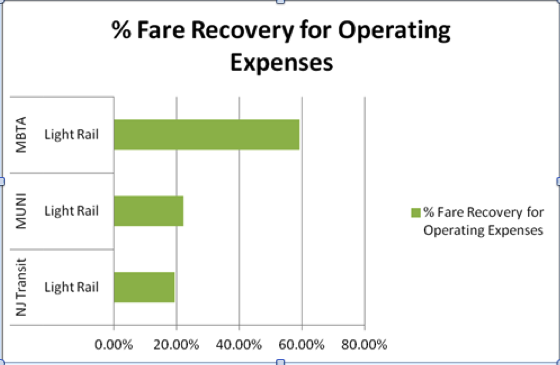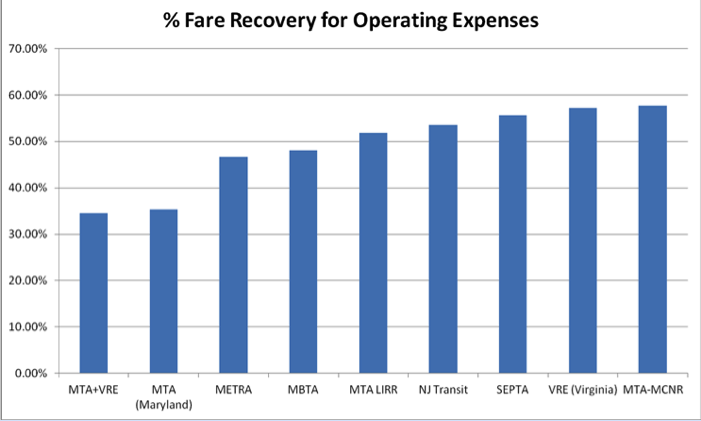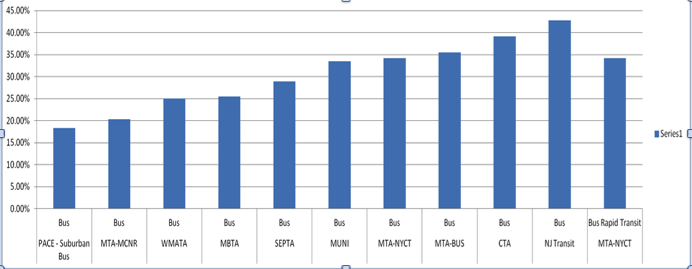The Facts We Need to Build a Thriving Transportation System
The Governor and his Special Panel have identified a number of reforms to the MBTA around areas like procurement, financial planning and customer service that warrant serious attention. However, the Governor’s bill is ignoring some of the key information we need to understand if we want to build a thriving public transportation system.
The Governor and his Special Panel have identified a number of reforms to the MBTA around areas like procurement, financial planning and customer service that warrant serious attention. However, the Governor’s bill is ignoring some of the key information we need to understand if we want to build a thriving public transportation system.
Finances:
- The Special Panel report states that the T would be “insolvent without significant and continually increasing funding from the Commonwealth each year” and implicitly proposes fare increases as one of its central strategies to right the T financially. The reality, though, is that all forms of transportation need a significant state subsidy. A new report issued by MASSPIRG finds that our roads are heavily subsidized by taxpayers as well, with drivers paying less than half the cost of operating and maintaining them. [1] The Commonwealth has a role to play in ensuring a vital MBTA and now is the time for increased investment, not a decline. Public transit is a public good, and the notion that it wean itself off state support is the wrong approach for our region’s economy.
- This legislation repeals $581 million in new revenue for our entire transportation system over the next five years, enacted just two years ago in the Transportation Finance Act of 2013. The Special Panel acknowledged that the T needs both reform and revenue, yet this legislation repeals progress made two years ago and decreases the level of state investment significantly, shifting the burden of financing the T further onto riders.
- The legislation limits the amount of additional state assistance that the T can receive, putting the T in a position where it will be virtually impossible to balance its budget without significant fare increases or service cuts. The structural operating deficit of the T is projected to be more than $260 million just next year, well over the cap on state assistance this legislation proposes.[2] No one has been able to credibly suggest that all of the Governor’s proposed reforms will be able to make up the difference.
Fares
- Comparisons to peer agencies for percentage of operating expenses covered by passenger fares must take into consideration that the MBTA has more modes (bus, light rail, heavy rail, commuter rail, demand response, trolley bus, and ferry) than any of the other agencies in the comparison, and that its mix of the modes is different. Since modes across the country have different recovery rates, some need to be more subsidized than others, comparisons should be mode by mode. The MBTA performs average or better if compared to these peer agencies by mode
Light Rail:

Commuter Rail:

Bus:

Demand and the Need for Investment
- The combined population of Boston, Cambridge, Quincy and Somerville has grown by more than 8% since 2000.[3] As the region grows, so does transit demand. According to the Urban Land Institute’s 2012 report, Hub and Spoke, if ridership continues to grow at its current pace, the MBTA is likely to see an additional 367,000 riders each day by 2021. Already, segments of the Green, Orange, Red, and Silver Lines currently exceed their design capacity during peak periods of the average weekday. Key economic centers throughout Greater Boston are projected to add more than 20 million square feet of development in the next several years.
- The Special Panel report identified the T’s $6.7 billion State of Good Repair backlog, as well as capacity enhancements and the design of future expansion projects as priorities, yet the Governor’s legislation does not propose any new revenue sources for these investments. This is the time to continue the progress the legislature made in 2013 and ensure that we are investing in the future of the region.
[1] http://www.masspirg.org/reports/map/who-pays-roads
[2] http://www.masstaxpayers.org/publications/transportation/20150311/t_end_its_line
[3] US Census Bureau: http://www.census.gov/topics/population.html
